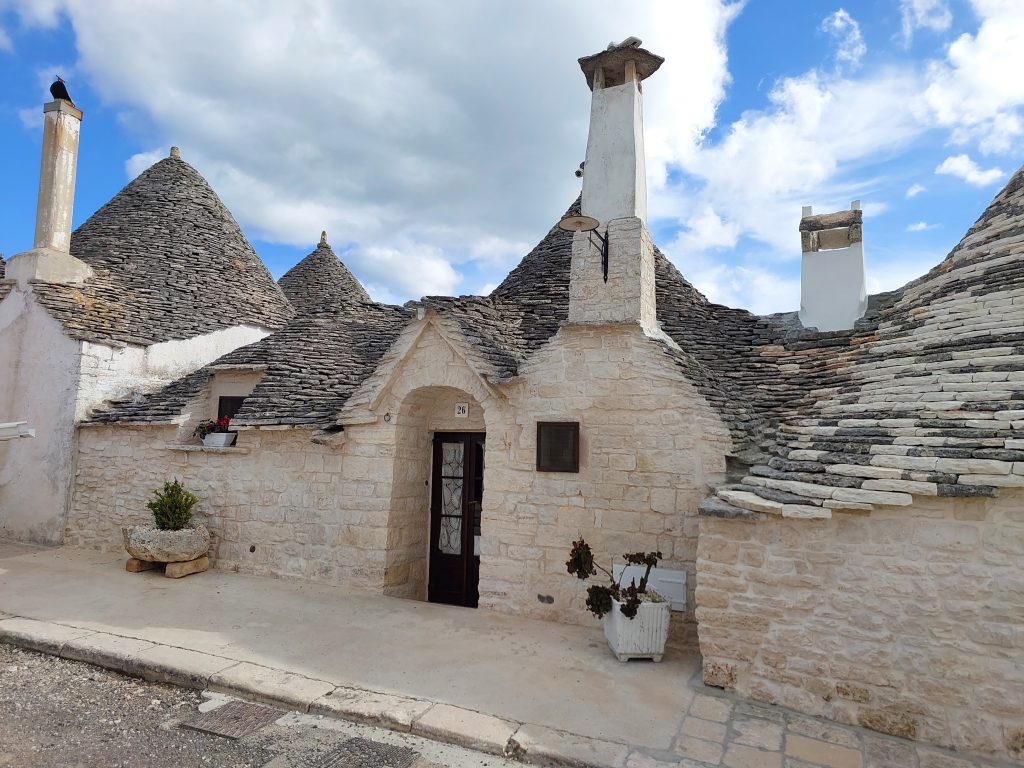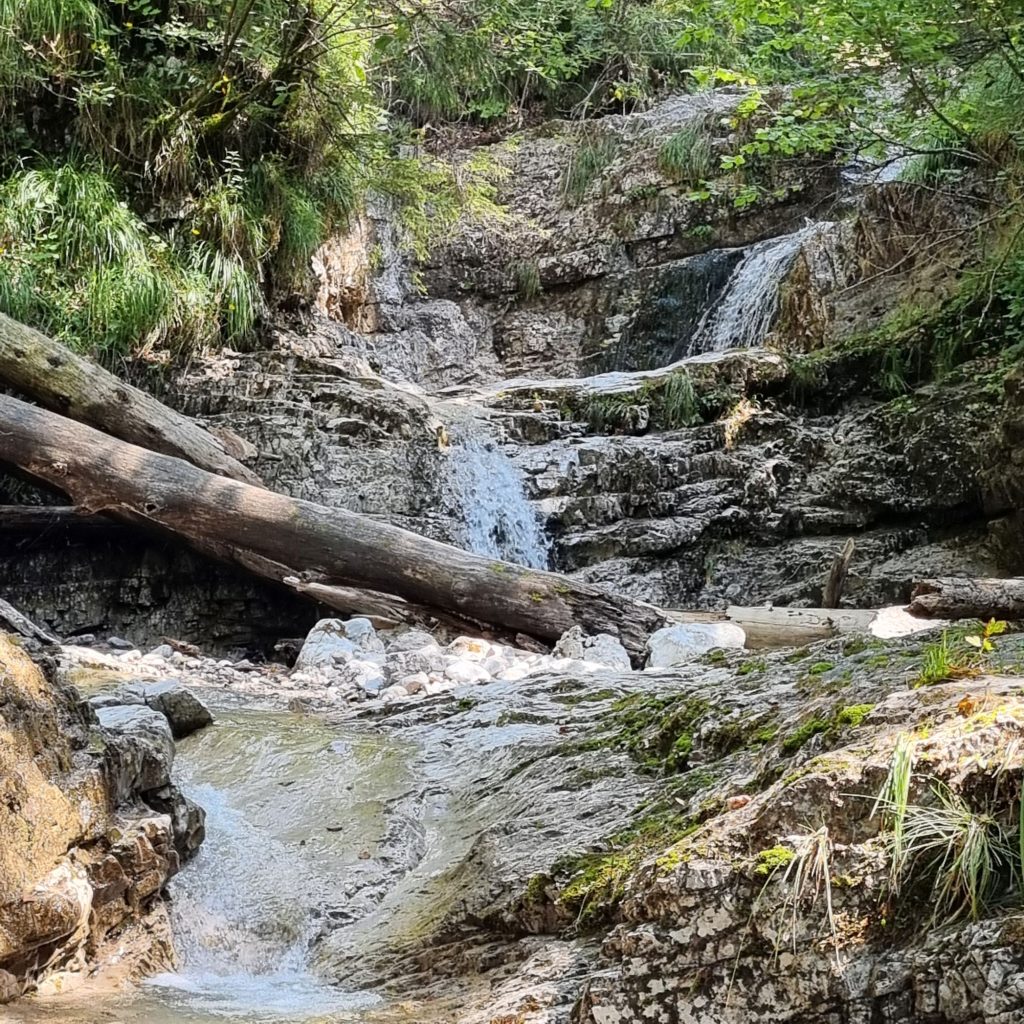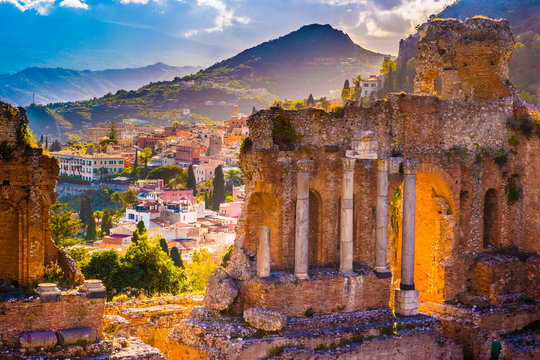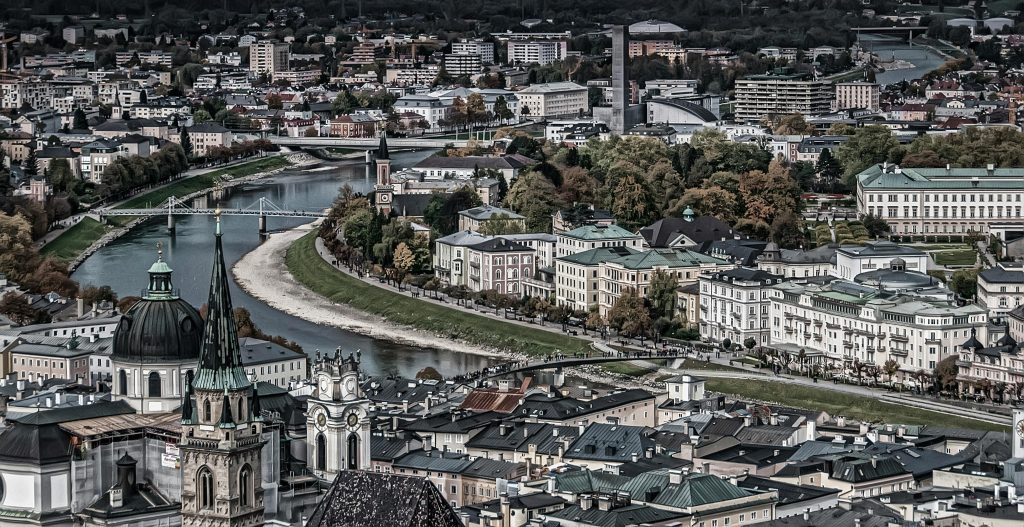The city of Bari, the capital of the Apulia region in southern Italy, serves as a vital gateway to the rich cultural and historical narratives that define the surrounding areas, including the famous Trulli of Alberobello. With its vibrant history dating back to ancient Roman times, Bari offers a fascinating backdrop for exploring the evolution of trulli architecture. The city’s coastal location has made it a significant trade centre throughout history, contributing to its diverse cultural influences, which are reflected in its architecture, cuisine, and local traditions.
The craftsmanship of trulli builders in the nearby Alberobello is intricately linked to the artisanal traditions of Bari. These builders developed a unique construction technique using local limestone, which allowed for the creation of the iconic conical-roofed structures that have come to symbolize the region. The knowledge and skills passed down through generations of artisans in Bari have played a crucial role in preserving this architectural style. As visitors explore the city, they can gain deeper insights into the techniques and materials that define trulli construction, as well as the cultural significance of these structures in the broader context of Apulian heritage.
Trulli are unique architectural structures that have captured the imagination of many, particularly in the picturesque town of Alberobello, Italy. Characterized by their conical roofs made of limestone, these dwellings stand out for their distinctive shape and construction methods. The word “trullo” comes from the Latin “trulla,” which refers to a dome or a small vault. Traditionally, trulli are built without the use of mortar, utilizing a dry-stone technique that allows for flexibility and stability. This construction method is not only practical but also reflects the ingenuity of the local builders who have adapted to the region’s climate and available materials.
One of the most notable characteristics of trulli is their conical roofs, which are often adorned with a variety of symbolic decorations. These decorations range from simple whitewashed motifs to intricate carvings, many of which hold cultural or religious significance. The roofs are constructed using local limestone, which is abundant in the area, and their conical shape is designed to aid in the drainage of rainwater, preventing damage to the structure. The walls of trulli are typically thick, providing insulation against the heat of summer and the chill of winter. This clever design showcases the harmony between the architecture and its environment, a principle that remains central to the region’s building traditions.
It is such a magical place to visit and a history to match.











